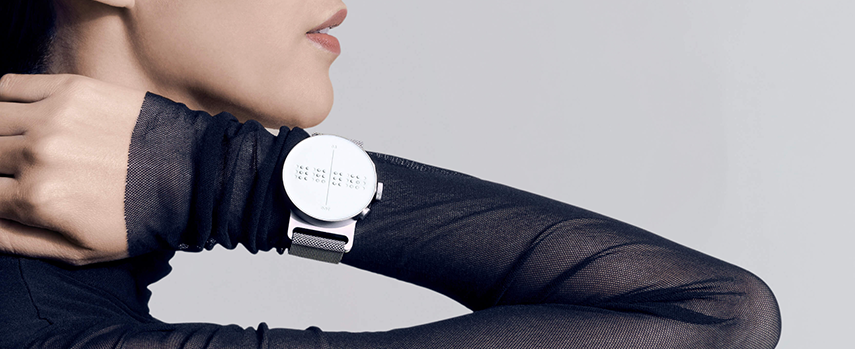Extraordinary assistive tech is innovating for good

Technology entertains us. It assists us. We use it at work and in the home and have done for decades. When we think of applying technology for good, developing assistive tech should be first in line.
Assistive tech is constantly breaking new ground and often finds itself ahead of the consumer curve. From aiding the visually impaired to those with motion disabilities, cutting-edge is a standard in assistive tech. We have seen applications in use long before they find their way to mass market, developed out of need rather than want.
Some early technological advancements have gone on to be standard issue in assisting those with disabilities, improving their lives markedly by allowing them to regain independence.
The invention of the pacemaker has its roots in the late 1800s, and in the years since has been developed and refined. In the 1950s, the first implanted artificial pacemaker was successfully fitted into the human body. Later iterations improved on reliability, size, and lifespan, and refinements continue to this day, but the pacemaker is still an important piece of medical tech for those with a heart condition.
Some of our most widely used assistive technology is a little antiquated, but we’re now starting to see a whole host of new technologies emerge out of ground-breaking studies and boundary-pushing innovators. What’s next for assistive tech?
Assistive tech for impaired hearing
Hearing aids still hold especially significant importance in assistive tech, even decades after they were first developed.
Turning audio into a computerised electroacoustic signal, they have aided those with varying levels of impaired hearing and virtually revolutionised medical tech for use in daily life. Some companies are now developing the next stage in audio development, will hearing aids become a thing of the past?

Scientists at MIT have successfully developed a device which transmits audio by a laser, beaming directly to a person’s ear without the use of a fitted device.
In a press release, research leader Charles M. Wynn said that their “system can be used from some distance away to beam information directly to someone’s ear,” in what is a first for localising an audible signal. The researchers harness the water vapour in the air to absorb light and create sound.
The laser is audible to only the recipient and can be beamed from several metres away. While it does hold promise for the military or espionage and, perhaps even more worryingly, targeted direct-to-ear advertising, another strong potential application for this new technology is in developing it for those who are hard of hearing.
The audio laser is being developed upon further, and testing is due to begin to increase range and quality in noisier environments.
Wearable tech assisting the visually impaired
While smartphones have included assistive features nor a number of years, the wearables market is a little light on tech which aids those with difficulties. In fact, the majority of them are virtually useless for the 300 million people worldwide, who have visual impairments.
The Dot Watch has changed that by releasing the first smartwatch which reads in braille.

When the user receives a text message small nodes on the watch face raise to instantly form letters in braille. Not only does it read text messages, but it can tell you who’s calling, remind you of calendar appointments and give you the weather outlook for the day. It can also translate and forward Facebook messages straight to the watch face.
Developing technology solely for the use of those with impairments, rather than shoe-horning less-than-adequate features as an afterthought, is what drives Dot’s innovations forward. “This way, the visually impaired can be connected just like you and me. That’s the goal of the smartwatch,” says Jimin Ryu, global partnerships manager.
Innovative tech for speech and language disorders
Perhaps one of the biggest hurdles in assistive tech for those with speech and language disorders is recognising the speech pattern unique to each person.
Text-to-speech is commonplace, being the favoured method of communication for years alongside devices which use eye-tracking. However, one company is challenging the status quo by giving disabled people a voice.

Talkitt uses artificial intelligence to build a comprehensive language base for each user, interpreting their words and translating them into understandable speech. It also utilises machine learning so the system will continually learn to adapt to the user as their dictionary grows, interpreting unique speech patterns and developing with the user over time.
Voiceitt, the company which developed Talkitt, has described their venture as “technology for good,” and hopes to break down barriers between the disabled and their communities by enabling them to easily communicate.
While the Talkitt system is still being developed, it looks set to be the next big thing in assistive tech, and even integrates into the Internet of Things by connecting with smart devices around the home.

